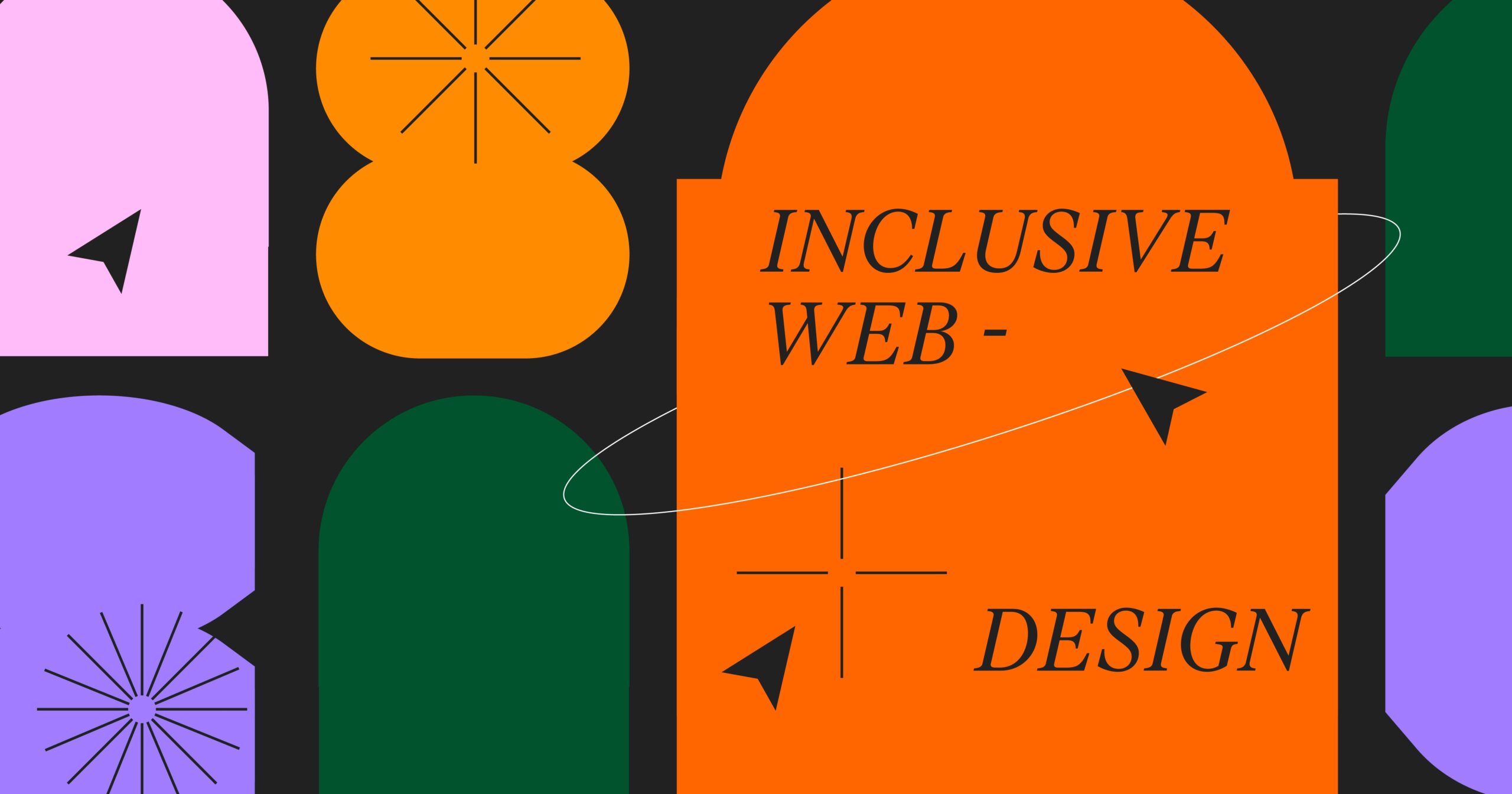As the first translation company to achieve ISO certification in Vietnam, AM Localize has access to a variety of common technical documents including: technical records, product introduction documents, product brochures/catalogs, equipment supply contracts, users’ manuals, design dossiers, production reports and process description documents.
Technical documents always present a big challenge for translators, particularly in terms of terminology. So, how can you ensure the best quality for a technical translation?
Terminology
Terminologies are the first factor to look at when it comes to technical documents. This is because all technical documents involve the use of a certain number of specialized terminologies, which are specific to each specific technical field.
For example, when looking at a tendering dossier of a hydroelectric power plant, you will come across a series of specialized terminologies about hydroelectricity such as impeller, head, TBM and Francis turbines.
A quality technical translation first requires the correct use of the terminologies.
To ensure the terminology factor, we offer the following solutions:
- Looking up in prestigious terminology sources: such as ISO standards and corresponding Vietnamese standards, legal documents on related fields, or websites of independent assessment organizations, etc.
- Consulting with industry experts: expert consultation is an indispensable channel if you look for a quality translation. Experts can give you use the correct terminologies that other sources may not.
Tip: Don’t forget that clients may be your expert!
Consistency
Consistency is always an important factor for evaluating a quality translation, including technical translations. Let’s get back to an example above, the English terminology “head”, which means the permissible height to which a valve can push water to. It can be translated into Vietnamese in multiple ways.
In essence, the use of multiple choices of expression for the same terminology may not affect meaning, but will affect readability for the user of the document. I meet two words which are different, but have the same meaning, are they the same? What’s more, in some cases, variations in expressions lead to a different interpretation of the same terminology. This would be a big risk for a translation.
To ensure consistency, translation QC tools will be the best option. Most of today’s CAT software, like Trados, integrates QC features. We can also use standalone QC tools such as Xbench. These tools will help translators quickly identify inconsistencies and eliminate the risk of “variations”.
References
Taking advantage of reference sources is the same as solving a problem, in which the solver will need to use all the available data to hand. Translating technical documents can be likened to a difficult problem. As such, if it is not possible to identify or to take advantage of the sources that can be referred to, solving this problem will become difficult with uncertain output results.
Available sources that translators can refer to include:
- Images, charts and even bilingual content available in the original document
- Photos and documents describing the detailed parts of the device
- Preliminary guidance articles
- Website of the relevant factory or production facility
- Translation instructions, requests, glossaries and documents provided by the client
Well-thought-out process
For a translation to be of high quality, a consistent and well-thought-out translation process must be applied This process will ensure that output product is without technical problems such as errors and spelling or content problems such as problems related to style and redundancies and omissions.
The most appropriate translation process today must follow ISO 17100:2015, otherwise, it is necessary to ensure that there are at least the following steps: translation, self-editing and independent editing. The four-eyed rule in finance can be applied here, because a translator’s translation can potentially be subject to many subjective errors if not read by others. The editor usually has to be someone with higher professional experience.
AM Localize has also successfully applied the translation process according to ISO standards. This is the foundation helping our translation products to reach the quality levels required by clients. For products that require perfect accuracy, we also apply many other steps, including the use of native translators and consultation with industry experts.
Conclusion
Above are 4 basic factors and some suggestions to help ensure the quality of a technical translation. Overcoming the difficult problem of language is always an interesting challenge. With experience in translating technical documents for large corporations such as Alstom and Viettel, AM Vietnam is confident to provide quality technical translations to clients.




